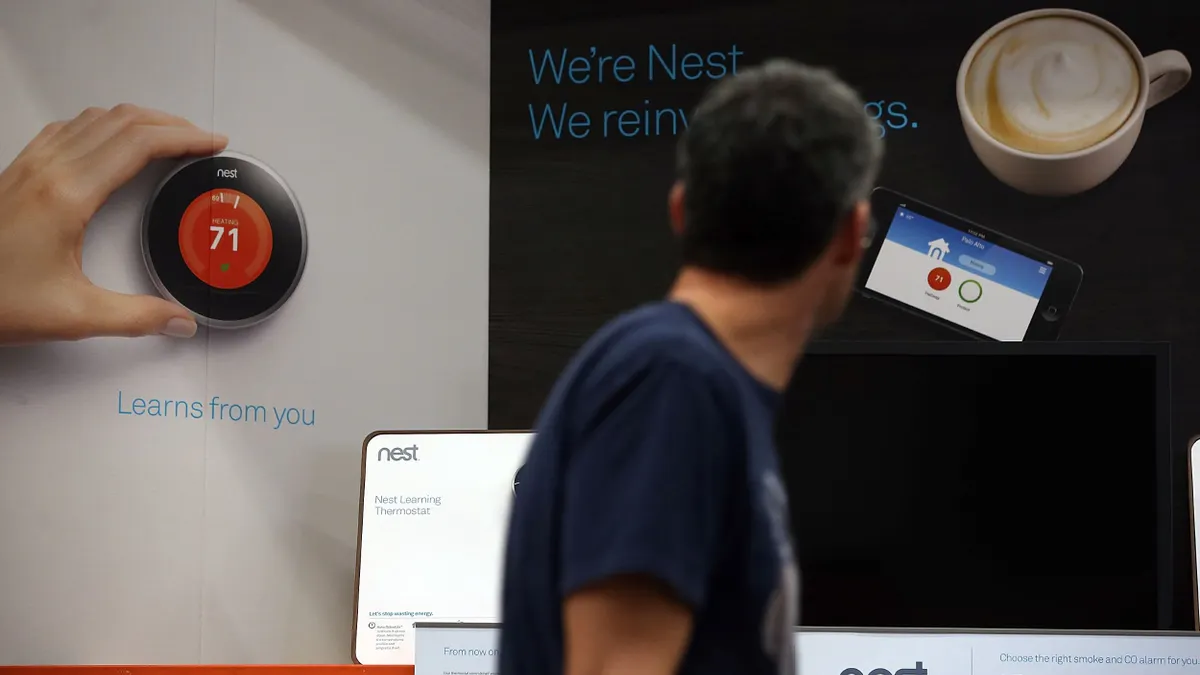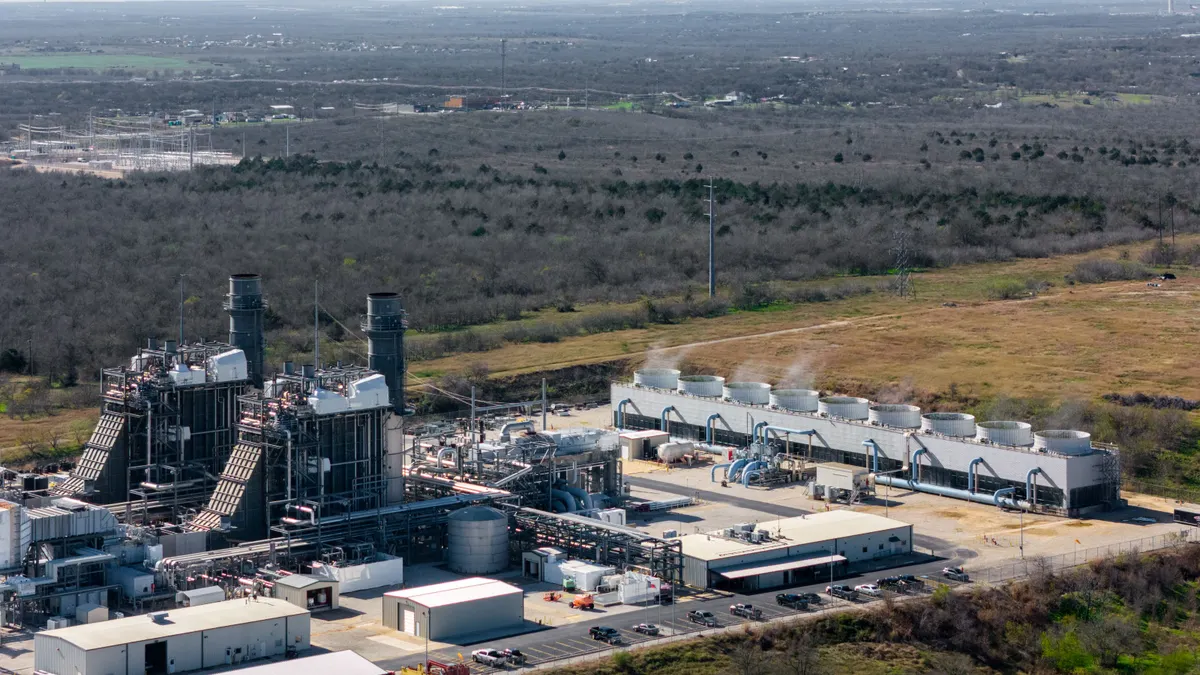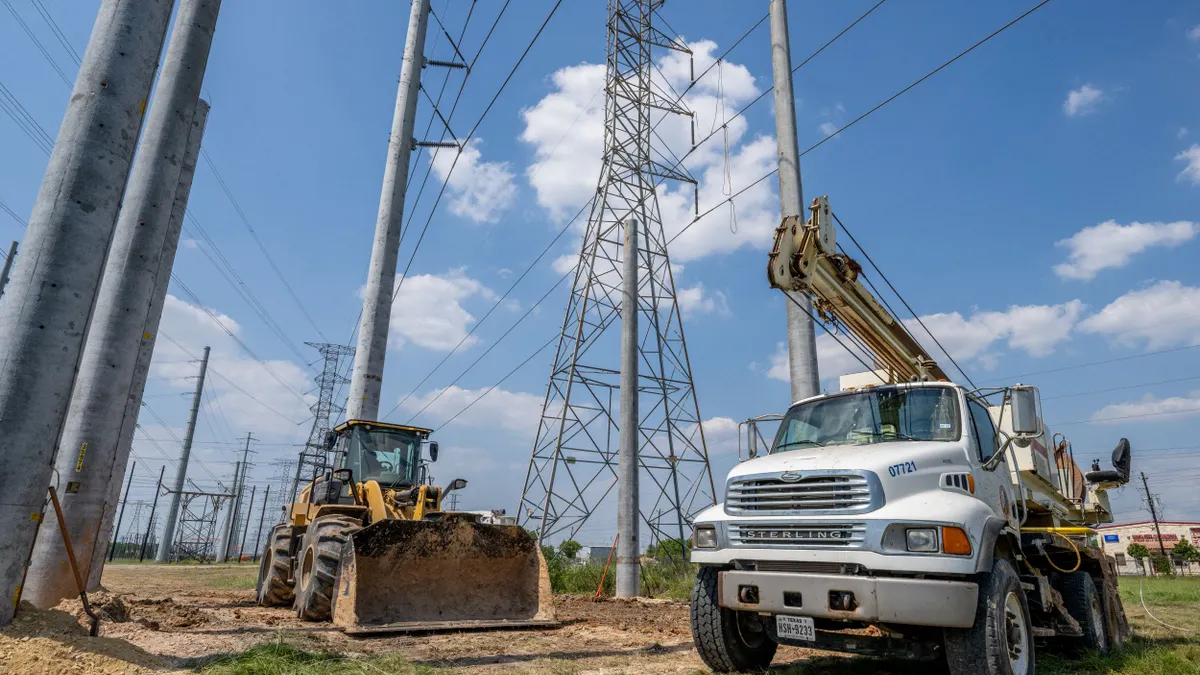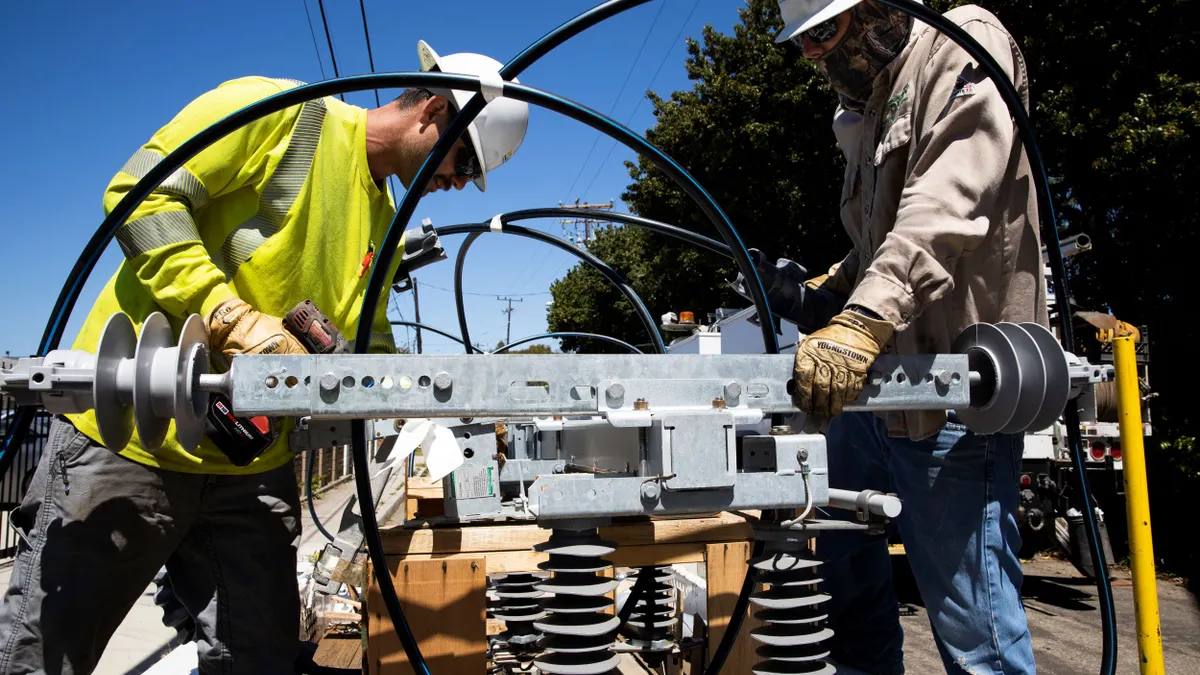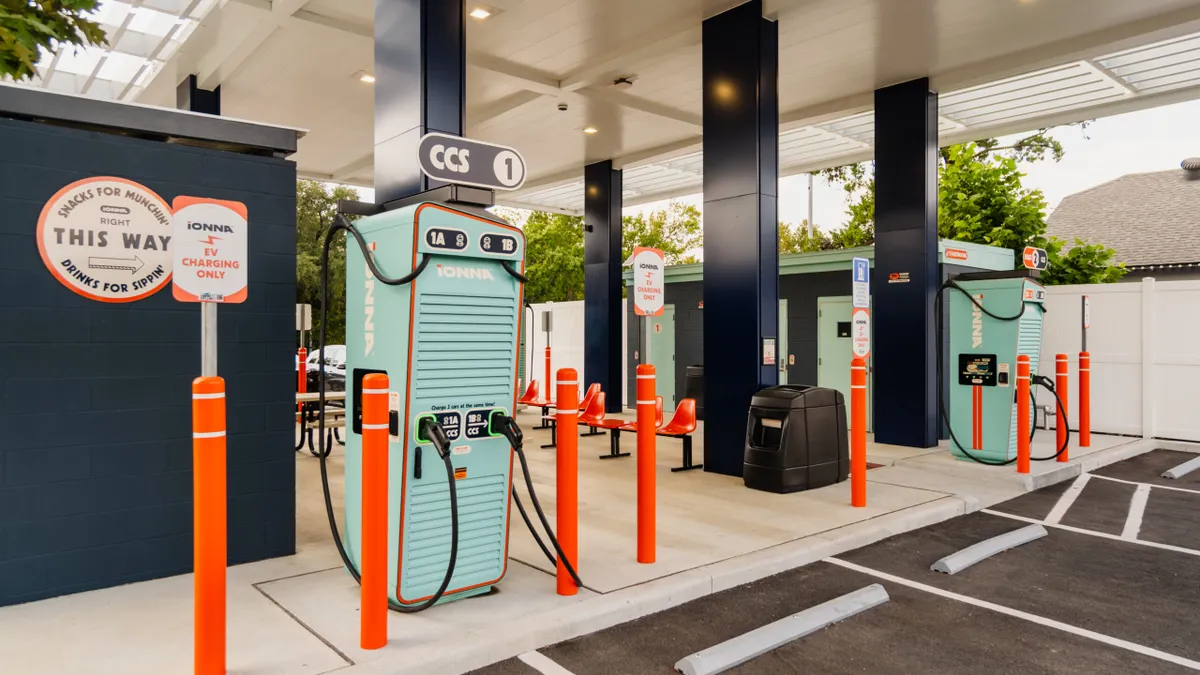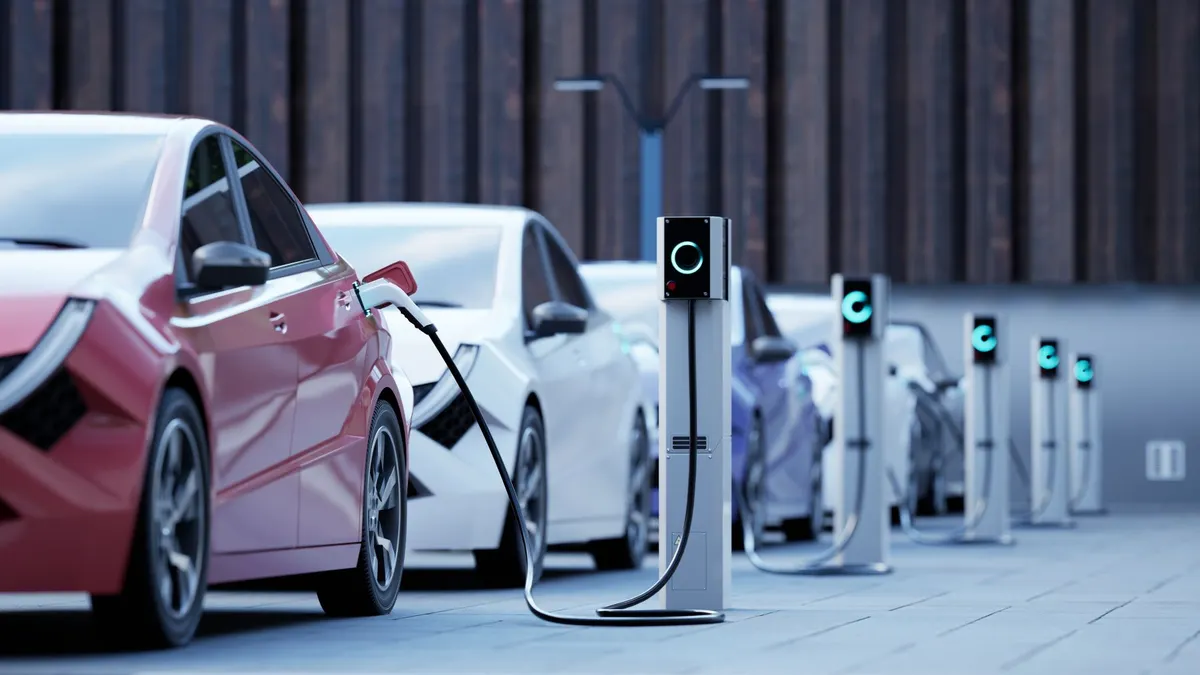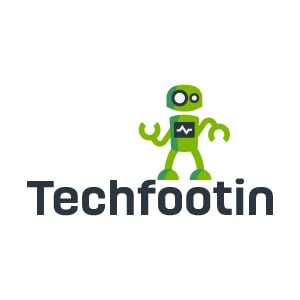Justin Mackovyak is vice president of utility strategic enablement and emerging solutions at ICF.
Data centers, manufacturing and electrification are straining the grid with 24/7 load growth. ICF expects 25% growth in total electricity demand by 2030, and 78% by 2050. Residential rates could increase 15-40% by 2030, and potentially double by 2050 for some utilities. For utilities, keeping power reliable and affordable requires embracing near-term solutions to manage demand.
While energy efficiency has long delivered value, in recent years it has become overlooked, sometimes miscategorized, and scrutinized. Despite these setbacks, efficiency must continue to be recognized as a critical component in offsetting demand growth and improving reliability while also helping keep costs affordable for customers.
In the era of rising demand, efficiency is essential infrastructure. It’s one of the fastest, cheapest ways to take pressure off the grid and lower bills for customers. Utilities should look at modern energy efficiency programs as a crucial way to maintain reliability and affordability.
Energy efficiency as a grid-scale resource.
Efficiency and broader demand-side management, or DSM, strategies including demand response and other distributed energy resource programs are powerful tools for grid planning that offer flexibility, speed and cost control.
Rather than defaulting to expensive infrastructure upgrades, utilities can use efficiency and demand response to manage localized load growth at the source and circumvent the need for a $10 million substation. As distributed energy resources like rooftop solar and battery storage introduce bidirectional power flows the grid wasn’t designed for, reducing overall system load through efficiency can ease congestion, improving both stability and reliability across the transmission and distribution network.
These load-smoothing benefits also support better system operations. DSM programs that flatten unpredictable peaks and improve system forecasting can reduce the risk of last-minute capacity shortfalls. At a time when many utilities are facing long interconnection queues and permitting delays for new renewable assets, energy efficiency offers a practical stopgap that stretches existing generation capacity to meet customer needs while longer-term solutions are brought online.
Beyond system-level benefits, energy efficiency programs deliver real, measurable value to customers. Last winter, one utility’s residential customers enrolled in efficiency programs saw bill increases that were 30% lower than those of non-participants during peak heating demand.
Build customer trust through personalization and education
In many regions, customers are seeing policy rollbacks and changes to federal tax credits for rooftop solar, EVs, and home energy upgrades. Customers don’t fully understand who’s responsible in many cases, but they do expect their utility to help them adapt, which presents a strategic opportunity to earn lasting trust by acting as energy advisors. Recent technology advancements can help:
-
AI-powered analytics allow for tailored engagement based on customer usage, income, housing type and behavior, enabling utilities to deliver targeted messaging and offer programs that are more relevant and likely to drive adoption.
-
Digital twins and smart targeting tools powered by machine learning can match the right program or incentive to the right customer. These tools optimize incentive levels to avoid unnecessary spending so that programs remain effective and cost-efficient.
-
Proactive communication around policy shifts such as tax credit expiration or changes to electrification incentives can help manage expectations and reinforce the utility’s role as a trusted advisor.
-
Interactive dashboards and real-time monitoring tools increase transparency and allow customers to track and adjust their consumption, encouraging long-term behavior change that supports grid goals.
Federal rollbacks and funding shifts are already creating uncertainty, which can impact utility DSM program design, adoption and outcomes. This presents an opportunity for utilities to offer creative strategies that meet modern customer needs.
Deeper collaboration with state energy offices, local governments, green banks and community-based financing programs can help bridge the funding gaps created by changing or reduced federal incentives while also extending the reach of utility programs to align efforts across public and private sectors. Equally as important is investment in the trade ally ecosystem by educating and equipping contractors, installers and local vendors, which can reduce project delays and fallouts, and support the delivery of energy projects at scale.
This foundation is essential for expanding access to energy efficiency for low-income households and residents of aging buildings who face the highest energy burdens and lack access to efficiency upgrades, yet represent the greatest opportunities for savings. Prioritizing these groups amplifies program impact and helps utilities meet equity and affordability goals.
With the right partnerships, workforce and focus areas in place, utilities are better positioned to scale the most impactful strategies. Bundling energy efficiency with demand response and flexible load solutions form a ratepayer-funded, grid-integrated asset that delivers both short-term demand flexibility and long-term load reduction, helping utilities avoid or defer expensive new generation and infrastructure investments.
Energy efficiency also fuels the local economy. In Maryland, for example, over 70 contractors are actively involved in efficiency programs, driving economic activity that goes beyond kilowatt-hours saved and generates ripple effects that benefit entire communities.
As utilities face a fast-changing and uncertain energy future, efficiency offers a clear, data-driven path forward. It reduces demand and costs, supports grid reliability and helps avoid expensive infrastructure investments that strain ratepayers. At the same time, it builds customer trust and drives local economic activity. To stay ahead, utilities must renew their interest in efficiency as a modern, strategic asset essential to maintaining reliability and affordability.


